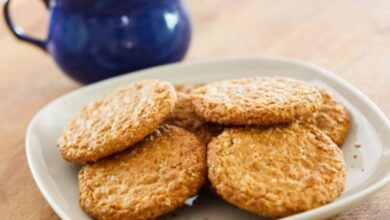Introduction to Dry Fly Fishing

Many anglers like dry fly fishing, but you need to be skilled and patient and know how aquatic insects and trout behave.
In this approach, you present artificial flies on the water surface. But you have to do this in such a way that any movement these fake flies make is close to those natural insects also would.
That’s how you attract fish. And that is not easy. You’ll have to master some techniques, fly selection, weather conditions, etc.
Techniques
1. Drag-Free Drift
A drag-free drift is basic in dry fly fishing. As part of this method, the fly floats downstream naturally, moving like an insect. To do this, the casting and gears must be set up correctly.
To keep a natural drift, anglers should cast an open loop and mend right upstream. While the fly is drifting, it’s constantly being changed to keep the fish interested.
2. Subtle Fly Movements
Subtle movements of the fly can draw trout to strike more aggressively. A fly can look like an insect or an animal that fell into the water by controlling its twitching, skating, and waking movements.
These methods work best when there are hatches or when trout are actively feeding near the surface.
Fly Selection and Rigging
1. Choosing the Right Fly
Consider the fly’s size, shape, and color when choosing the right one. Matching the hatch, or picking a fly that looks like the most common bug in the water, makes it more likely that you will catch something.
For a natural drift and lifelike look, dressing flies that are buoyant and float high keeps them looking good.
2. Rigging for Success
When fishing in high-pressure water, longer leaders and fine tippets are needed for delicate presentations. These setups keep trout from getting scared and help the fly drift naturally.
Flies with rubber legs and hackles that look like parachute flaps look more real, giving a positive outcome.
Seasonal and Weather Considerations
Weather
It is best to go dry fly fishing on days that are cloudy and overcast because that is when insects hatch. Nymph fishing may be needed on bright, sunny days if terrestrial insects like hoppers are not active.
It can also help hatches and trout activity if there is moisture in the air, like from rain or snow. However, when it is windy, it is hard to present a dry fly. So keep that in mind and cut down on the length of the casts, act between gusts.
Seasonal Patterns
Flying insects and trout behavior change with the seasons. It is best to go dry fly fishing in the spring and early summer, when there are lots of hatches.
When anglers know how local bodies of water change with the seasons, they can plan their fishing trips around hatches.
How do you get a strike?
The odds of catching something are better if you plan your position and keep an eye out for fish that are rising.
Making a note of the trout’s feeding paths and exit points helps you target the right areas. Attacking quietly and making the first cast count raises the chance of getting a hit.
When a trout rises to a fly, quickly and calmly setting the hook makes sure the fish takes in the whole imitation before it strikes. If the fish refuses the fly the first time, a gentle, careful pickup leaves the door open for a second try.
UK-based Sunray Fly Fish specializes in cutting-edge fly fishing gear, such as rods and lines designed to optimize fishing. Their eco-conscious products include lighter rods and barbless hooks. Sunray also conducts extensive fly casting masterclasses for skill enhancement.
For more information, visit:




